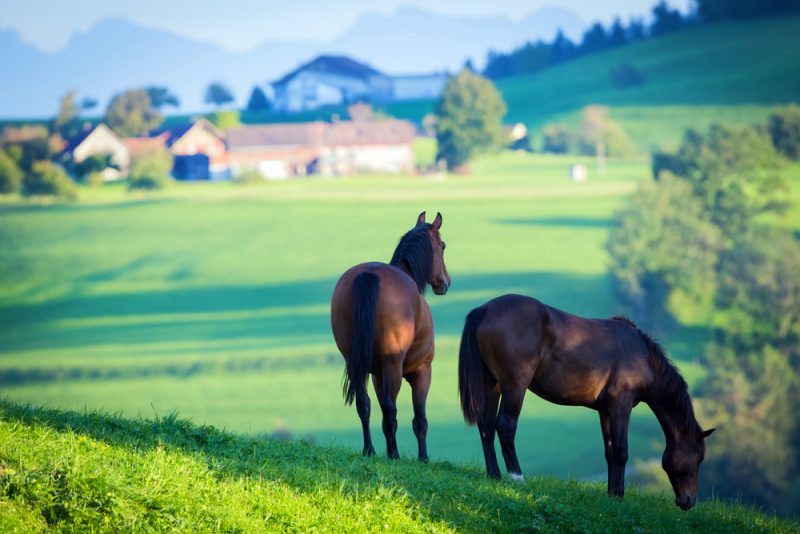
Human Horsemanship Revealed
Humans have had a dependable relationship with horses for several millennia. It was originally thought that horse domestication stemmed from a single place. However, a study published in 2012 revealed that horse domestication was more likely a diffused achievement rather than a centralized one. In other words, horse domestication can’t necessarily be attributed to any specific people. Cultures managed to accomplish the feat independently. Authors of the promoted research admitted that the Botai—who dwell in the Eurasian Steppes—were probably the first to domesticate horses, but they were followed shortly thereafter by counterparts in Egypt and Mesopotamia.
The implications are difficult to overstate. Entire civilizations relied upon the power of domesticated horses alongside countless other species deemed utilitarian. While wild horses might have begun as our prey, it’s clear that they were always far more valuable to us as pets. Consider the iconic Egyptian chariots or Theodore Roosevelt’s famous rough riders. None of those scenarios would have been possible without horse domestication. Many developing nations around the world still very much rely on horses for transportation and hauling. Americans often take that for granted because horses are treated quite differently in the US and similarly developed countries.
To say that horse ownership is frequently associated with wealth and privilege would be an understatement. In fact, it’s historically been reserved almost exclusively for royalty and military purposes. Mark Abadi at Business Insider emphasized that point when he wrote about the elite albeit obscure sport of equestrian show jumping. “For those who can afford to take part in the competition,” he explained. “Show jumping offers millions of dollars of prize money and international glory.” Some of the most recognizable names are immersed in the secretive events described by Mr. Abadi (e.g., Jobs, Selleck, Bloomberg, Springsteen, etc.). Those people fortunate enough to attend show jumping competitions are treated with quite a spectacle–one that hides considerable time and training.
That horseback riding is no simple undertaking should be relatively unsurprising. The most seasoned riders—especially those that plan to compete—have usually spent years under formal instruction. Professional trainers enter the picture at a young age. They educate riders on everything from horse gaits and developing animal rapport to standard equipment and dietary supplements. Riders who fail to adequately cultivate equestrian knowledge risk jeopardizing the experience (at best) or undermining the animal’s possible longevity (at worst). Fortunately, it’s fairly straightforward to start thanks to the internet.
Sophia Breene at Greatest highlighted over a dozen things for beginners to know before they mount the saddle. She immediately informed everyone to expect a serious physical workout from horseback riding. “Maintaining the correct position requires a surprising amount of strength,” according to her. “Squeezing the horse to change gaits works the inner thighs, while sitting tall and straight in the saddle uses the back, abdominals, and legs.” Novices rarely anticipate expending as much energy as they do the first time around.
There’s no shortage of other perspectives to examine, either. A contributing author at Petful also promoted some salient riding tips. “Horseback riding can be both an exhilarating and nerve-racking experience,” began the article. “But when done right, [the] activity can be relaxing, rejuvenating, and therapeutic.” The rest of the content is devoted to practical pitfalls and to overcoming them. Readers get introduced to everything from approaching and mounting the horse to stabilization and stopping reliably. It’s important to recognize that implementing this kind of guidance is always easier said than done.
That’s why having a professional trainer imbues a major advantage. Horsemanship is all about patience and expertise. The sport itself demands those things of any willing participant, along with great respect of powerful animals. Reading about horseback riding can only impart so much. Anyone sincerely contemplating the activity must try it to know with certainty that it’s right for them.
